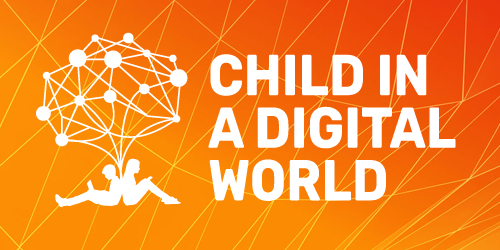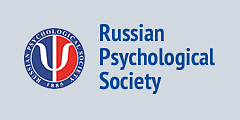120th anniversary of Lev Vygotsky
-
Psychophysiological methods for the diagnostics of human functional states: New approaches and perspectivesPDF HTML18447“ CITE
Chernorizov A. M., Isaychev S. A., Zinchenko Yu. P., Znamenskaya I. A., Zakharov P. N., Khakhalin A. V., Gradoboeva O. N., Galatenko V. V. (2016). Psychophysiological methods for the diagnostics of human functional states: New approaches and perspectives. Psychology in Russia: State of the Art, 9(4), 23-36.
copied
-
Face cognition in humans: Psychophysiological, developmental, and cross-cultural aspects
-
Neurophysiological correlates of artistic image creation by representatives of artistic professions
-
The connection of socio-demographic factors and child-parent relationships to the psychological aspects of children’s developmentPDF HTML13053“ CITE
Sobkin V. S., Veraksa A. N., Bukhalenkova D. A., Fedotova A. V., Khalutina U. A., Yakupova V. A. (2016). The connection of socio-demographic factors and child-parent relationships to the psychological aspects of children’s development. Psychology in Russia: State of the Art, 9(4), 106-122.
copied
-
The zone of proximal development during assessment of intellectual development in pre-school children
-
Proposal for psychomotor development in newborns with low weight according to A.R. Luria’s conception
-
Personality attributes of children with behavior problems. An exploratory analysis with the Exner Comprehensive System of the Rorschach Inkblot Test and implications for the socio-historical clinical practice approachPDF HTML9866“ CITE
Saraiva A. B., Ferreira J. (2016). Personality attributes of children with behavior problems. An exploratory analysis with the Exner Comprehensive System of the Rorschach Inkblot Test and implications for the socio-historical clinical practice approach. Psychology in Russia: State of the Art, 9(4), 193-204.
copied









